The first tranche of the Green Low-Carbon Agri-Environment Scheme (GLAS) was launched in 2015. That means some farmers are already taking part in year three of the five-year scheme. At the time of application, farmers and their advisers would have developed a plan to take on certain GLAS actions to suit their farm. Some of these actions have to be carried out annually (eg wild bird cover, low-emission slurry spreading etc), while others should have been taken care of at the start of the GLAS contract and maintained thereafter. It is those actions that require less regular hands-on attention that are more likely to become forgotten about over time. With inspections being carried out at any time of the year (on the spot checks – no notice required) it is important that all actions are completed and maintained. With this in mind, the best course of action you can take to avoid a penalty is to check what actions you have signed up to. Read the GLAS specifications for the particular action to become familiar with the requirements and then check that all is in order. Every year, participating GLAS farmers are sent out record sheets that need to be updated for that particular year. If you did not receive a copy in the post you can find a copy on the Department of Agriculture’s website. This is the place you are required to fill out what you have done during the year.
We will now take a brief look at some of the more popular GLAS actions that fell afoul of penalties during the last round of inspections. We will also give a quick reminder of some other actions that can become overlooked.
Protection of watercourses from bovines
This action is the most likely to attract penalties on farms. Farmers who choose the action have to fence off the all watercourses that are identified on the GLAS online system a minimum of 1.5 metres from the top of the bank of the watercourse to exclude bovines (cattle). The GLAS specifications state that the fencing must be stockproof, fit for purpose and be undertaken with permanent stakes and wire. Another point to note that some farmers may not be aware of is livestock drinking points are not permitted. This action had to be completed at the start of the GLAS contract but it does need to be maintained throughout the scheme. Regular inspection of this fence should take place and broken stakes and wire should be replaced or repaired where necessary.
Traditional dry stone wall
maintenance
This is another action that has caused issues during inspections. According to the GLAS specifications, farmers who choose this action must maintain traditional freestanding dry stone walls by replacing stones that may have fallen off the top of the wall or repair walls where stones have fallen down. Walls that have fallen or partially collapsed must be rebuilt in the same style as other walls in the locality. According to the specifications, walls built with mortar are not eligible for the action. All walls entered for this action must be maintained from the commencement of the contract to the end of the GLAS contract. Like the protection of watercourses action, farmers should inspect walls regularly and carry out maintenance. Ideally, walls entered for this action would have been in a fair state of repair already. Every year time should be spent checking that walls are in good order and gaps are repaired. It is a lot easier to keep walls in good condition if they are maintained regularly throughout the year rather than facing into repairing a number of gaps at once which is daunting.

Check bat and bird boxes are still intact and are not damaged
Bat and bird boxes
Erecting bat and bird boxes should not require and further input after their installation normally. However, after some significant storms over the past two years it wouldn’t be surprising if a few boxes have gone AWOL. Before inspecting the boxes, double-check how many you should have in place.
This information will be available on your GLAS contract. Fallen or broken boxes should be repaired or replaced. There should only be a maximum of three bat boxes per tree/post/building and each box should face in different directions. For bird boxes, a maximum of one bird box per tree/post/external farm building wall is allowed. For both types of boxes, it is not allowed to erect them along public roads.
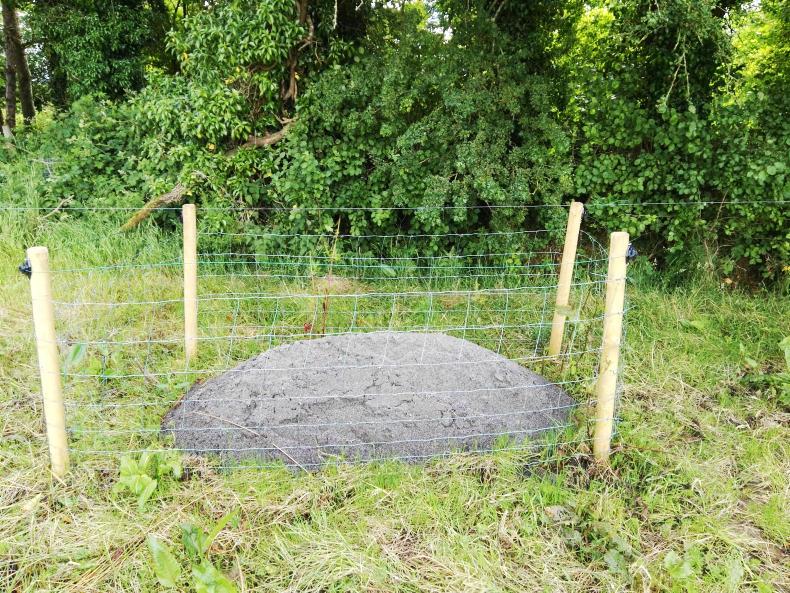
The bee habitat should be strimmed annually and the fence should be maintained.
Conservation of solitary bees (sand)
This action is very straightforward. At the time of installation, 1t of builder’s sand had to be placed in a mound, fenced from livestock to create a “bee habitat”. A maximum of two bee habitats were payable under the scheme and they could not be placed side by side, they had to be fenced separately. To maintain the action in compliance with the GLAS specifications, the fenced off area around the bee habitat should be strimmed annually and throughout the contract “to keep shading vegetation under control”. Pesticides cannot be applied on the habitat. Participants should hold on to receipts for the sand for the duration of the GLAS contract.
Penalties and appeals
According to the Department, where all or part of an action is not continued for the duration of contract, all or part of the aid paid in respect of the action must be reimbursed and penalties may apply.
Where approval is granted under tier one or tier two, at least one action in the relevant tier must be delivered for the full contract period. Failure to retain the tier status under which the application was approved into the scheme will result in termination of the GLAS contract and reimbursement of all aid already paid.
In cases where penalties are applied, participants will be given 10 working days after formal notification in which to appeal in writing to the Department and give reasons why any penalty imposed should not be applied.
The Department says the participant will be informed in writing of the outcome of the appeal. This initial appeal shall be without prejudice to the right to appeal to the statutory Agriculture Appeals Office.
The first tranche of the Green Low-Carbon Agri-Environment Scheme (GLAS) was launched in 2015. That means some farmers are already taking part in year three of the five-year scheme. At the time of application, farmers and their advisers would have developed a plan to take on certain GLAS actions to suit their farm. Some of these actions have to be carried out annually (eg wild bird cover, low-emission slurry spreading etc), while others should have been taken care of at the start of the GLAS contract and maintained thereafter. It is those actions that require less regular hands-on attention that are more likely to become forgotten about over time. With inspections being carried out at any time of the year (on the spot checks – no notice required) it is important that all actions are completed and maintained. With this in mind, the best course of action you can take to avoid a penalty is to check what actions you have signed up to. Read the GLAS specifications for the particular action to become familiar with the requirements and then check that all is in order. Every year, participating GLAS farmers are sent out record sheets that need to be updated for that particular year. If you did not receive a copy in the post you can find a copy on the Department of Agriculture’s website. This is the place you are required to fill out what you have done during the year.
We will now take a brief look at some of the more popular GLAS actions that fell afoul of penalties during the last round of inspections. We will also give a quick reminder of some other actions that can become overlooked.
Protection of watercourses from bovines
This action is the most likely to attract penalties on farms. Farmers who choose the action have to fence off the all watercourses that are identified on the GLAS online system a minimum of 1.5 metres from the top of the bank of the watercourse to exclude bovines (cattle). The GLAS specifications state that the fencing must be stockproof, fit for purpose and be undertaken with permanent stakes and wire. Another point to note that some farmers may not be aware of is livestock drinking points are not permitted. This action had to be completed at the start of the GLAS contract but it does need to be maintained throughout the scheme. Regular inspection of this fence should take place and broken stakes and wire should be replaced or repaired where necessary.
Traditional dry stone wall
maintenance
This is another action that has caused issues during inspections. According to the GLAS specifications, farmers who choose this action must maintain traditional freestanding dry stone walls by replacing stones that may have fallen off the top of the wall or repair walls where stones have fallen down. Walls that have fallen or partially collapsed must be rebuilt in the same style as other walls in the locality. According to the specifications, walls built with mortar are not eligible for the action. All walls entered for this action must be maintained from the commencement of the contract to the end of the GLAS contract. Like the protection of watercourses action, farmers should inspect walls regularly and carry out maintenance. Ideally, walls entered for this action would have been in a fair state of repair already. Every year time should be spent checking that walls are in good order and gaps are repaired. It is a lot easier to keep walls in good condition if they are maintained regularly throughout the year rather than facing into repairing a number of gaps at once which is daunting.

Check bat and bird boxes are still intact and are not damaged
Bat and bird boxes
Erecting bat and bird boxes should not require and further input after their installation normally. However, after some significant storms over the past two years it wouldn’t be surprising if a few boxes have gone AWOL. Before inspecting the boxes, double-check how many you should have in place.
This information will be available on your GLAS contract. Fallen or broken boxes should be repaired or replaced. There should only be a maximum of three bat boxes per tree/post/building and each box should face in different directions. For bird boxes, a maximum of one bird box per tree/post/external farm building wall is allowed. For both types of boxes, it is not allowed to erect them along public roads.

The bee habitat should be strimmed annually and the fence should be maintained.
Conservation of solitary bees (sand)
This action is very straightforward. At the time of installation, 1t of builder’s sand had to be placed in a mound, fenced from livestock to create a “bee habitat”. A maximum of two bee habitats were payable under the scheme and they could not be placed side by side, they had to be fenced separately. To maintain the action in compliance with the GLAS specifications, the fenced off area around the bee habitat should be strimmed annually and throughout the contract “to keep shading vegetation under control”. Pesticides cannot be applied on the habitat. Participants should hold on to receipts for the sand for the duration of the GLAS contract.
Penalties and appeals
According to the Department, where all or part of an action is not continued for the duration of contract, all or part of the aid paid in respect of the action must be reimbursed and penalties may apply.
Where approval is granted under tier one or tier two, at least one action in the relevant tier must be delivered for the full contract period. Failure to retain the tier status under which the application was approved into the scheme will result in termination of the GLAS contract and reimbursement of all aid already paid.
In cases where penalties are applied, participants will be given 10 working days after formal notification in which to appeal in writing to the Department and give reasons why any penalty imposed should not be applied.
The Department says the participant will be informed in writing of the outcome of the appeal. This initial appeal shall be without prejudice to the right to appeal to the statutory Agriculture Appeals Office.






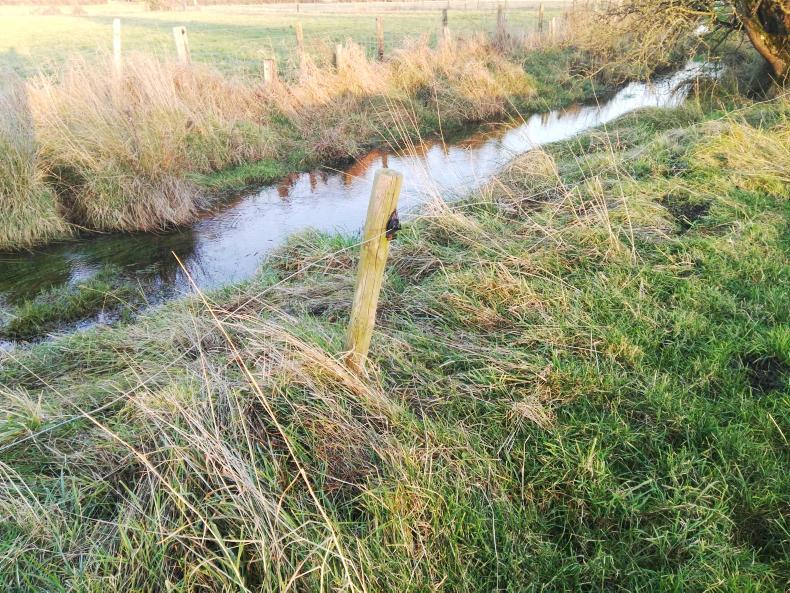
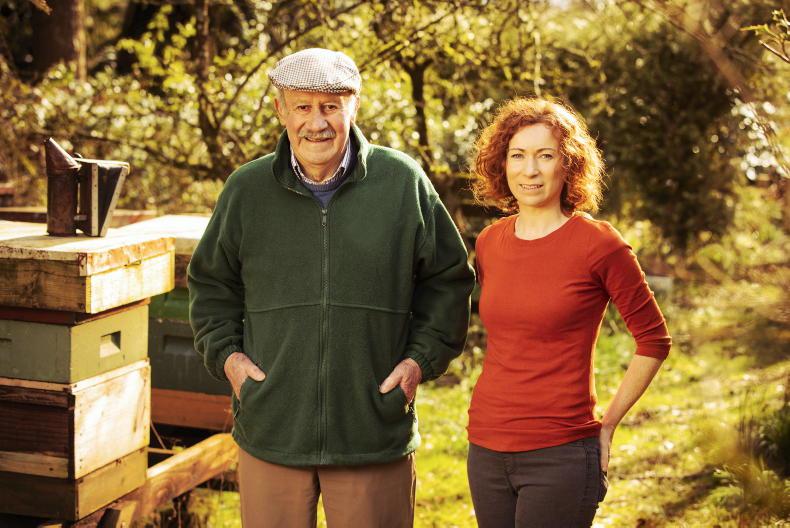

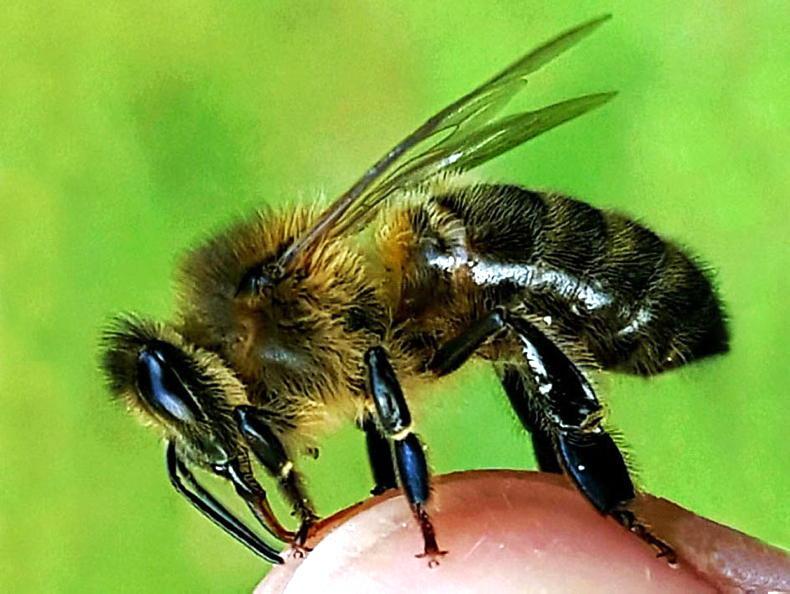
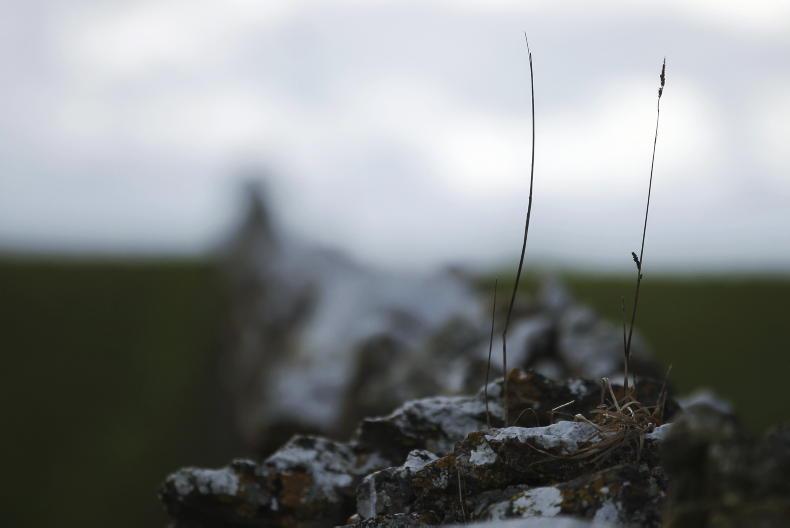

SHARING OPTIONS